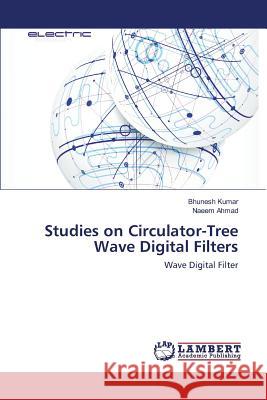Studies on Circulator-Tree Wave Digital Filters » książka
Studies on Circulator-Tree Wave Digital Filters
ISBN-13: 9783659586156 / Angielski / Miękka / 2015 / 108 str.
A wave digital filter is derived from an analog filter, which is realized as classical doubly resistively terminated reactance filters. Perfectly designed wave digital filters express good dynamic signal range, low roundoff noise and excellent stability characteristics with respect to nonlinearity which are produced due to finite wordlength effects. Wave digital filters inherit the sensitivity properties from analog filters, therefore, coefficients values can be selected to favorable values. Wave digital filters, derived from ladder filters, have low coefficient sensitivity in the passband and stopband. These WDFs are very complex and are non-modular. The lattice wave digital filters are modular and are not complicated. However, they have very high sensitivity in the stopband and thus require large coefficient wordlengths. The number of coefficients equals the filter order which have to be odd.
A wave digital filter is derived from an analog filter, which is realized as classical doubly resistively terminated reactance filters. Perfectly designed wave digital filters express good dynamic signal range, low roundoff noise and excellent stability characteristics with respect to nonlinearity which are produced due to finite wordlength effects. Wave digital filters inherit the sensitivity properties from analog filters, therefore, coefficients values can be selected to favorable values. Wave digital filters, derived from ladder filters, have low coefficient sensitivity in the passband and stopband. These WDFs are very complex and are non-modular. The lattice wave digital filters are modular and are not complicated. However, they have very high sensitivity in the stopband and thus require large coefficient wordlengths. The number of coefficients equals the filter order which have to be odd.











